The proposed Northern Access 2016 Project (Federal Energy Regulatory Commission (FERC) Docket No. CP15-115-000, CP15-115-001) presents several concerns to Buffalo Niagara Waterkeeper based on potential threats to the ecology and habitat of the upper Lake Erie and Niagara River watershed. As projects like this are implemented, it is imperative that the nature and extent of impacts on already impaired waterways are first considered and avoided, and where necessary, mitigated. As such, Waterkeeper has reviewed the submitted Environmental Assessment and provides the following comments.
Crossing 206 waterbodies during the construction phase of this project will result in numerous adverse effects to stream systems in the region.
Within the Niagara River Watershed, headwater streams are home to populations of native brook trout and salamanders, as well provide drinking water to the communities residing within the surrounding landscape. The quality of these same waters is currently in decline and at-risk from land-based, human-induced development, agricultural inputs, and changing stream channel and bank conditions. Seventy-seven of the proposed stream crossings are located within coldwater fisheries which are some of the most sensitive to disturbance. Waterkeeper is concerned with the clearing and grading of stream banks, in-stream trenching, trench dewatering, and backfilling that the referenced crossing techniques will require. As a result of these techniques, streams will experience loss of available habitat, direct mortality to aquatic biota, bank destabilization, increased turbidity, changes in erosion and deposition patterns, and changing thermal conditions, all of which exacerbate the impairment of our local waterways. Although these impacts to stream health were noted in the Environmental Assessment, the cumulative severity and geographic scope has been underestimated and we do not feel that they have been adequately addressed by the Commission.
Additionally, consideration should be given to the safety of the proposed pipeline relative to the surrounding communities. While the presence of pipelines is intended to be marked by an individual at the time that an earth-disturbing activity is undertaken, the risk of placing gas lines below a stream is increased as streams meander and adjust to changing watershed conditions over time. Within the Niagara River Watershed, headwater streams are changing at a rapid pace based on human-induced activities forcing geomorphologic responses. In short, stream channels erode, shift and altogether change course on an ongoing basis. At a minimum, the Commission should require any pipes placed in proximity to a stream or its floodplain to be permanently marked in the field at the time of placement.
Damage to and loss of wetland habitat is also expected to occur due to the construction and normal operation of this project. Within the Niagara River Watershed, wetland loss of over 65% has occurred since the early 1900s. Overall wetland habitat in the watershed is considered to be “fair”. This loss in acreage and quality has contributed to the listing of the Niagara River as an Area of Concern (AOC). In the Niagara region, protection of remaining wetlands must be a priority for the vital role they play in protecting water quality, providing flood storage, cleansing surface runoff and providing important habitat to a variety of species. Waterkeeper believes that disruption of wetlands should be avoided at all costs. Due to the fact that this project is expected to result in removal and alteration of wetland vegetation, we do not consider National Fuel’s measures, in attempt to minimize wetland impacts as listed in the Environmental Assessment, sufficient.
Further, the disruption and permanent removal of six different types of vegetative communities during construction and normal operation are noted in the Environmental Assessment. Overall, approximately 1,800 acres of vegetation will be affected by this project. Impacts from construction and operation will include but are not limited to direct mortality to wildlife, loss of habitat, forest fragmentation, and increased soil erosion. Waterkeeper believes that the Commission has again underestimated the cumulative severity of these impacts on local ecosystems. Disturbances also provide opportunities for the introduction/spreading of invasive species and we support the Commission’s requirement that National Fuel provide an invasive species plan to be implemented throughout the life of the project.
For the reasons discussed above, Waterkeeper does not support the Commission’s conclusion that the Northern Access 2016 Project will result in no significant impact to the environment. We believe that the severity of many of the impacts to aquatic and terrestrial habitat arising from this project have been underestimated and are inadequately addressed.
Waterkeeper appreciates the opportunity to submit comments and share concerns regarding the construction and normal operation of the proposed gas pipeline and its accompanying facilities. We look forward to staying informed throughout the decision making process of this project.
To read the Environmental Assesment go here: https://www.ferc.gov/industries/gas/enviro/eis/2016/CP15-115-000-EA.pdf

